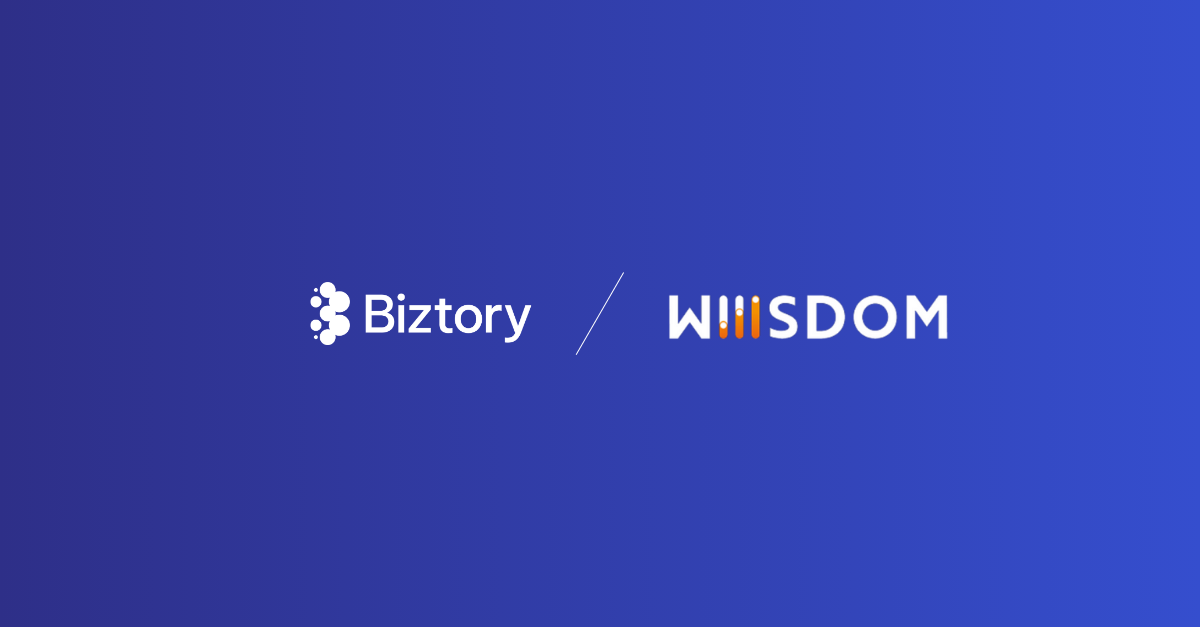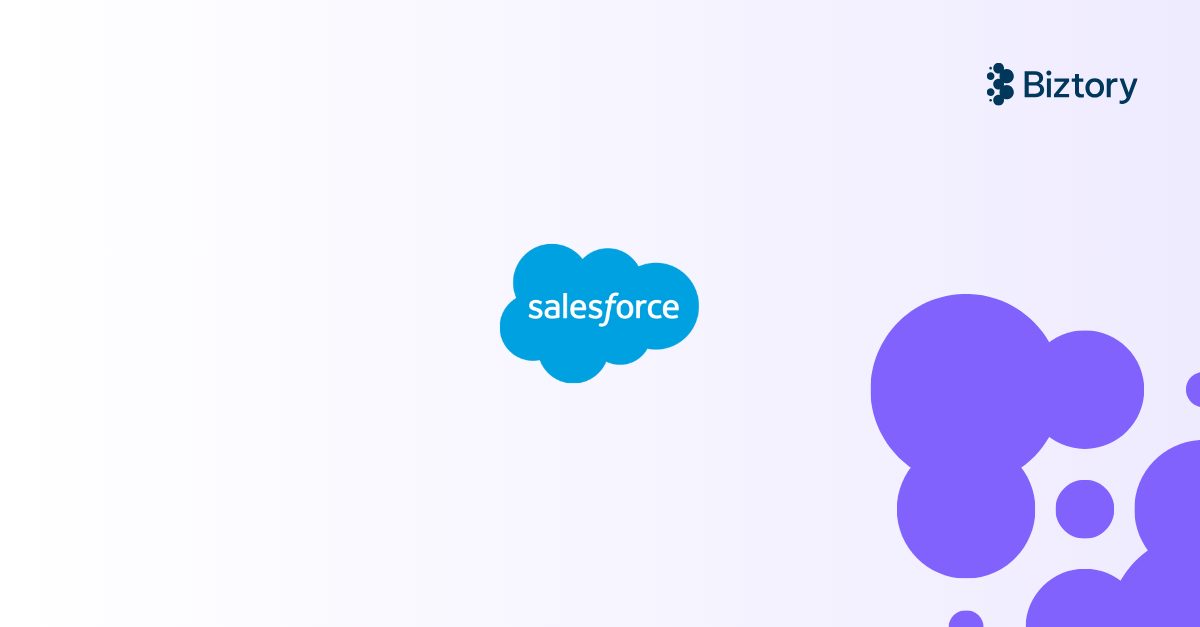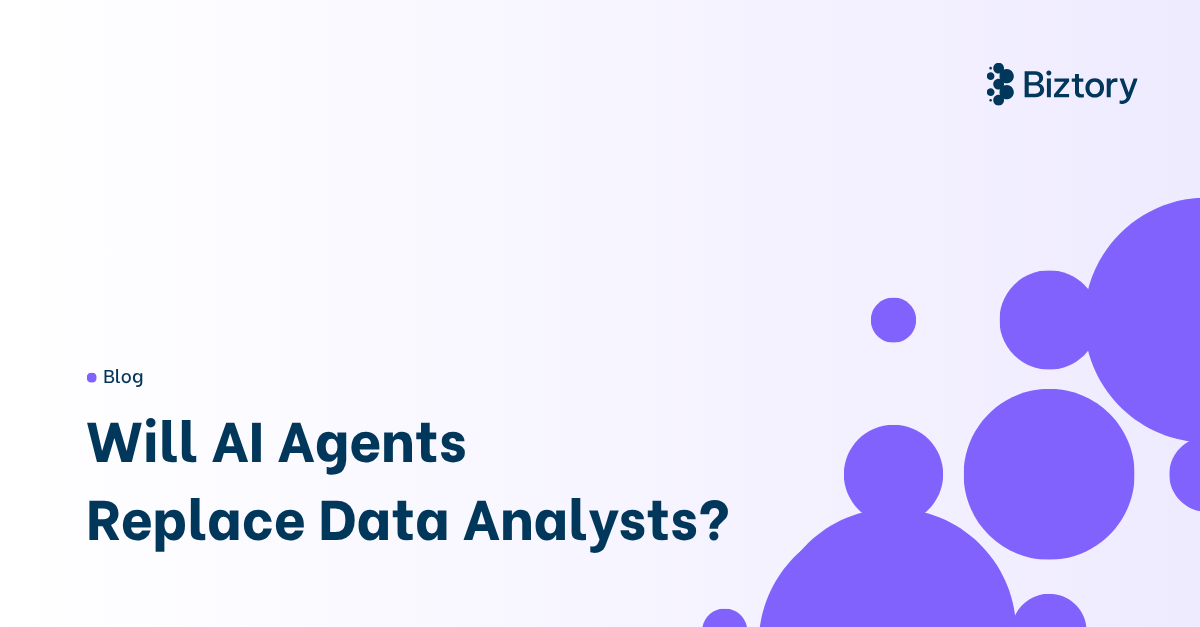Exciting news in the data visualization community the last few days! Google is buying Looker, and Salesforce is buying Tableau.
Naturally, we all have lots of questions:
-
What does this mean for our industry?
-
What does this mean for the products that we love?
Spoiler alert: I think it's fantastic.
It’s Measured in BPM
See, I think I’ve seen this script before. About ten years ago, I worked in a part of the enterprise software world called business process management, or BPM. I came in at the tail end of the hype cycle around BPM.
BPM helped people see and understand their business processes. It’s a great Big Idea: organizations will improve if they can easily visualize all of their processes. Capture those processes, understand those processes, and see the flow of information through those processes, and your organization performs better. Sound familiar? And thus a market was created.
Before long, though, I suspect most people figured out that BPM tools are useless on their own. They are only valuable insofar as they can connect into other platforms and interact with those platforms. The market realized that we didn't really need lots of standalone business process management tools. Instead, the platforms we already had needed better, more tightly integrated process management.
What happened? Some BPM vendors got acquired and integrated into larger platforms. Other vendors simply added BPM capability to their tools. Eventually, nearly everyone benefited from this Big Idea.
Déjà Vu: Tableau
I see the same thing happening again here.
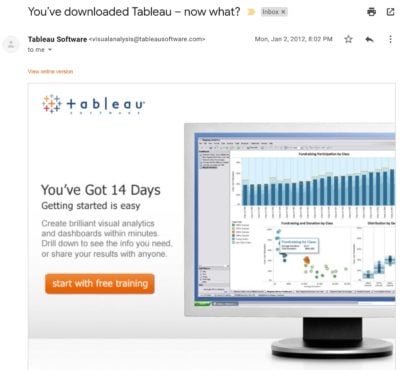
I got into the world of data visualization by accident, and much earlier in the hype cycle. It was January 2nd, 2012. A friend introduced me to the magic of Tableau, and before long I was working as one of the few Tableau consultants in Europe. It was a very exciting time. There was all this new stuff to learn about the science of data visualization, about chart types and how color and shape and so on leverage our pre-attentive abilities. I attended talks by Jock Mackinlay, read books by Tufte and Few, and learned how to sound erudite when critiquing pie charts — or at least sound opinionated.
Eventually, the data viz world matured. Tools like Tableau made it easy to see and understand data, and that led to our figuring out a few things:
It’s the Data
First, we saw and understood more than ever that our data...is a mess. I was on a panel about “Trends in BI” last year, and I was asked this question: “What do you think the impact of machine learning and artificial intelligence is on business intelligence?”
I responded, “Well, our clients mostly just want a bar chart they can believe in.”
It’s true! As soon as tools like Tableau helped us see the state of our data, data prep and data management became the biggest pain points. Tableau is so easy to use that the “hard yards” of any Tableau project are frequently the data, not the visualization and dashboarding itself.
I Mean, It’s the Platform
Second, it quickly became apparent that it was the “downstream” from Tableau that really matters. What happens after we make a great dashboard? What happens after we discover a great insight? In our Biztory trainings, we explain that data, when visualized properly, leads to insight, and insights should lead to meaningful actions which, when those actions are taken, will lead to increased performance for the organization.
As analytics consultants, we want to make a positive impact on the organizations we work with. We want to build great dashboards that drive organizational performance by guiding viewers toward the right next action. That, in my opinion, is what great data visualization does. It’s the Big Idea behind what we do. Yet no matter how great the dashboard, eventually you have to leave the dashboard and go do something: enter an order, send an email, divest a business, call someone, etc. Those actions usually involve interacting with some other platform.
In other words, great data visualization is merely one step in the value chain from data to insight to action to performance.
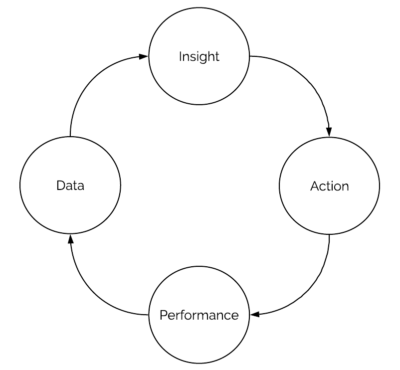
COUNT([Days of Standalone Data Viz])
That's why I believe that the days of standalone data visualization are numbered. Data viz on its own is worthless without great data upstream that it can take advantage of, and it's useless without direct action downstream based on the insights that we find. The tighter the integration with the source of the data and the places we take action, the more powerful data-driven insights can be.
This is why I am delighted that Tableau is joining Salesforce. Tableau will continue to run independently within Salesforce. Those who want to keep using it for standalone data visualization can still do so. While for those who want to use it as part of a broader solution, the future is even brighter: Salesforce is a powerful platform. Salesforce is a platform where people take action. When we can integrate Tableau into Salesforce applications, we can help companies better see their data, understand their businesses, and immediately take actions that drive the performance of those organizations.
This means we can finally deliver on the full promise of data visualization. And I couldn’t be more excited! For additional information or sales tips, don't hesitate to check out this Salesforce article here.
- Matthew

